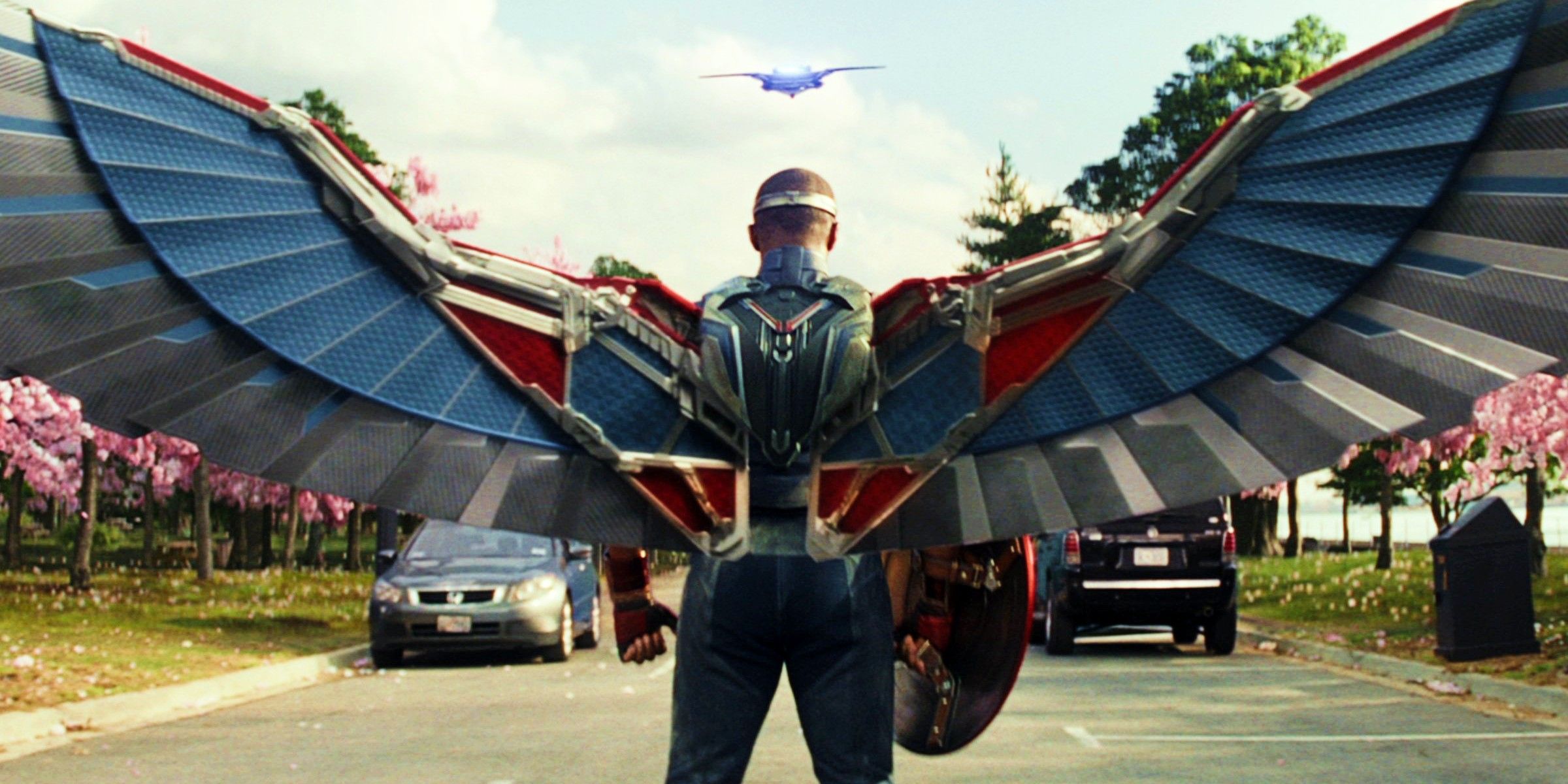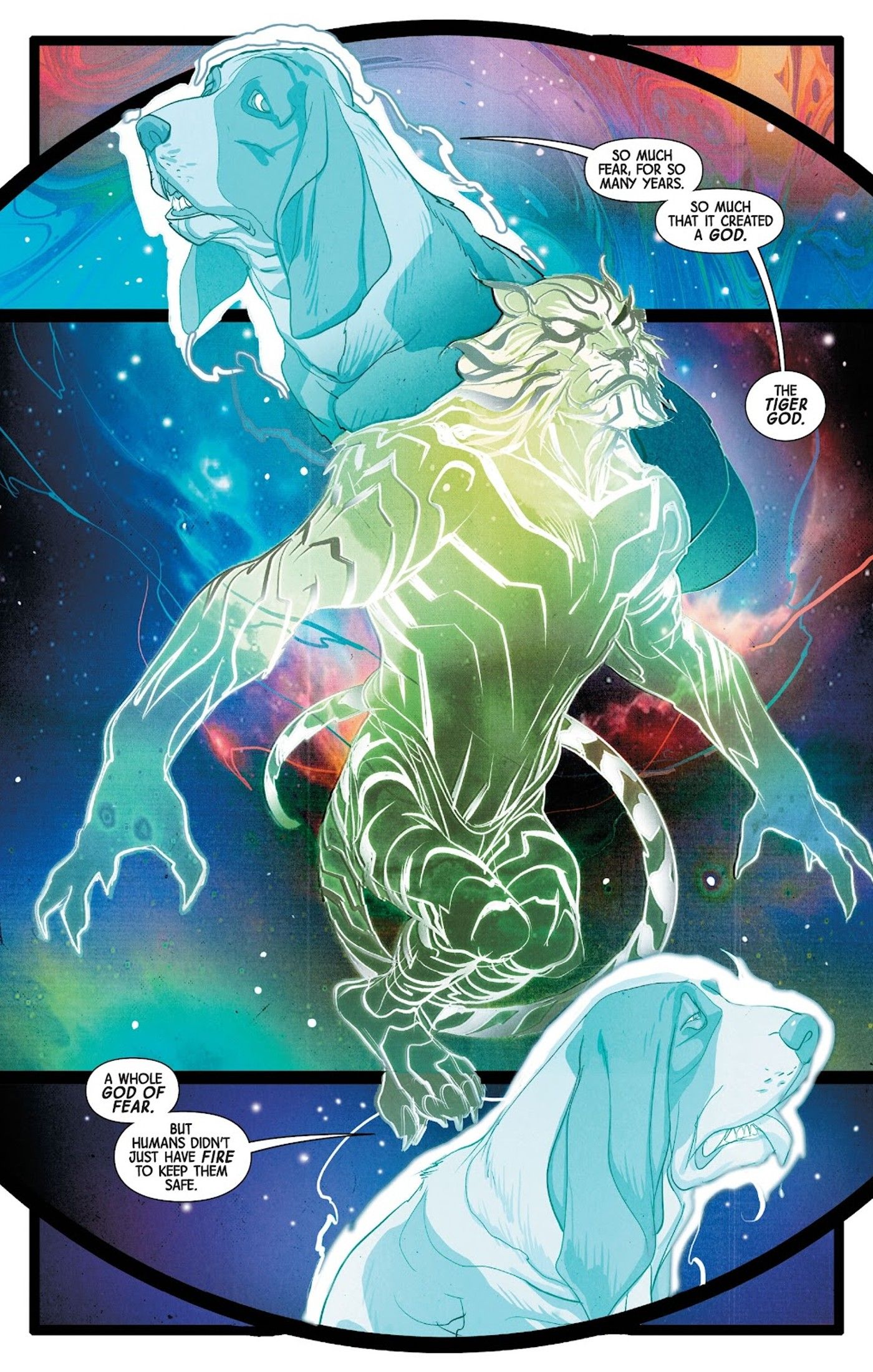Tesla Insurance is offered to drivers in select U.S. states, but unlike other insurance providers, the premium is calculated based on a driver’s Safety Score. Tesla’s insurance also differs from other auto insurance products when it comes to pricing. Since Tesla is known for its luxury vehicles, many insurance providers capitalize on that with higher premiums. Tesla Insurance is a cheaper alternative with a rate that’s between 20 – 30 percent lower.
Tesla offers a wide range of electric vehicles that have gone on to be the top-selling models in the market. Recently, reservations for the Model Y reached an all-time high. Tesla offered to accelerate deliveries for customers who could pay an additional fee for 20-inch Induction Wheels which reduces the vehicle’s range. Aside from the current lineup, Tesla is also working on a few other EVs, including the Semi, Cybertruck, and Roadster.
Tesla Insurance can currently be obtained by drivers in select states, including Arizona, California, Colorado, Illinois, Maryland, Nevada, Ohio, Oregon, Texas, Utah, and Virginia. It employs real-time driving behavior, meaning that all driving actions are recorded. While other insurance companies request that clients install a device in their cars to monitor driver activity, Tesla Insurance utilizes the vehicle’s technology to determine the right premium for a driver. Tesla also considers the model, how safely one drives, the number of vehicles insured, the address, the selected policy, and the driver’s Safety Score. New Teslas are given a Safety Score of 90, and this number can go up or down based on the driving behavior.
How Is Tesla’s Safety Score Calculated?

The Safety Score is Tesla’s way of evaluating a person’s driving behavior using five metrics it calls “Safety Factors.” The Safety Factors are tallied by the EV’s various sensors and Autopilot software. They include Forward Collision Warnings per 1,000 miles, Hard Braking, Aggressive Turning, Unsafe Following, and Forced Autopilot Disengagement. The software computes the results from the assessment to deduce how likely it is for the Tesla to be involved in a collision. Safety Score is currently in beta and is constantly being improved for better performance.
Drivers get a daily score and are assigned a number ranging from 0 to 100. Drivers with low safety scores are charged higher premiums than those with higher scores. For example, a Safety Score Rating of 90 will result in a monthly premium of $121, while a higher rating of 98 will lower that cost to just $83. This is because those with low scores are more likely to be involved in a crash. To get a higher safety score, drivers need to cultivate better driving behavior. This can be done by improving each safety factor. For instance, Tesla drivers can keep a healthy distance between themselves and cars in front. They can also use the brake pedal early when slowing down and coming to a halt. Tesla Insurance is not only cheaper than regular car insurance, but it also encourages safer driving thanks to the dynamic Safety Score.





